
Verdejo, a Spanish white wine, is the star of Rueda. Particularly noted for its aromatic qualities and refreshing taste, the Rueda region has become synonymous with vibrant, aromatic wines.
In this in-depth profile, we’ll explore the fascinating world of Verdejo wines, starting with the basics of what makes a Verdejo wine and exploring its sensory profile. We’ll also guide you through the best food pairings to enhance your Verdejo experience and offer practical tips on serving and storing your wine to maintain its delightful essence.
We will also explore the main regions that produce Verdejo wines and how the local climate shapes its character. For those looking to purchase a bottle, we’ll provide insights on how to pick the perfect Verdejo bottle. Finally, we’ll delve into the main similarities and differences between Verdejo and Sauvignon Blanc, two wines commonly confused due to their similar profiles. Whether you’re a seasoned wine lover or new to the world of whites, this article will enrich your appreciation for Verdejo wines.
The origins of Verdejo are obscure, but some grape researchers think it may have arrived in Spain from North Africa in the 11th century. In the Rueda region in central Spain, Verdejo has been the backbone of some of Spain’s most refreshing white wines, including the renowned Rueda wines. The Verdejo grape variety thrives in Rueda’s continental climate, characterized by warm days and cool nights. This diurnal temperature variation helps to enhance the grape’s aromatic profile and preserves its acidity, which is essential for producing vibrant wines.
Verdejo wines are typically light-bodied and show bright acidity, making them perfect for pairing with a wide range of dishes. They often have tropical fruit flavours, showing a profile with a mix of citrus fruits like lemon and grapefruit and tropical fruits such as pineapple and guava, complemented by herbaceous and sometimes nutty notes, especially when the wine is aged.
Verdejo wines are usually fermented in stainless steel tanks or concrete to maintain their fresh, fruit-forward character. Despite traditionally being used for oxidized styles like those seen in Sherry production, modern Verdejo is celebrated for its freshness and complexity.
This versatile wine can be enjoyed younger, highlighting its fresh, fruity notes, or aged, where it develops richer, more complex flavours. This adaptability makes Verdejo a great choice for both wine lovers and connoisseurs.
Verdejo wines are renowned for their distinct and vibrant sensory profile. Let’s delve into the visual aspect, floral aromas, aromatic notes, and taste characteristics that define this unique wine. Verdejo wines exhibit a delightful complexity on the mid-palate, with tropical fruit, lime, and apricot flavours showcasing the wine's depth and concentration.
Verdejo wines are typically light-bodied and bright, pale yellow in colour, which can deepen to a richer golden colour as they age.
The aromatic profile of Verdejo is layered and can be broken down into primary, secondary, and tertiary notes:

Verdejo wines are celebrated for their lively acidity, which contributes to the wine's refreshing and vibrant taste. This lively acidity, combined with a unique complexity on the palate, positions Verdejo wines as a distinctive choice for wine enthusiasts. With notes that can be categorized as primary, secondary, and tertiary:

The great acidity of Verdejo wines, coupled with their unique aromatic and flavour notes, makes them a great choice for pairing with different dishes, especially those from Mediterranean cuisine.
With their high acidity and vibrant flavours, Verdejo wines are a great pairing for a wide range of dishes from different cuisines. Here is a list of dishes that best complement the unique characteristics and flavours of Verdejo:

These pairings highlight the adaptability of Verdejo wines to complement a wide array of flavours, making it a versatile choice for many meal types and occasions.
Verdejo wines are primarily produced in the Rueda region, where the climate and soil contribute to their unique, vibrant character.

The climate of Rueda plays a key role in the unique profile of Verdejo wines. The cold nights help to preserve the grape’s natural acidity and aromatic freshness, which are key to its lively, fresh flavour profile. During the hot days, the grapes accumulate sugars, balancing the high acidity with a pleasant fruitiness. This diurnal temperature variation helps maintain the grape's good acidity and freshness and contributes to a complex flavour profile as the wine ages.
On the other hand, the deep, sandy soils in Rueda allow the region to cultivate old vines, some over 100 years old, which produce wines with more intensity and depth. This unique combination of climate and terroir in Rueda makes it the definitive region for high-quality Verdejo wines, celebrated for their balance of acidity and nuanced flavours.
Verdejo wines, known for their crisp acidity and vibrant flavours, benefit from proper serving and storage techniques to fully enjoy their characteristics.

Following these tips ensures that each glass of Verdejo offers the best expression of its regional character and varietal freshness. Whether serving it as an aperitif or alongside a meal, proper handling will enhance your experience when drinking this wine.
Verdejo and Sauvignon Blanc are both popular white wines that share some similarities in taste and aroma, but they also have distinct differences that make each unique.
Understanding these similarities and differences can help you select a wine that best suits your taste preferences and pairing needs. Both Verdejo and Sauvignon Blanc offer delightful tasting experiences with their unique characteristics.
Verdejo wine, a vibrant Spanish gem, is a pillar in the nation's wine heritage and is especially celebrated in the Rueda region. This wine style, known for its aromatic intensity and refreshing acidity, has carved a niche in the global wine market, emphasizing Spain's capacity to produce world-class white wines.
Verdejo's adaptability in style—from crisp and mineral to rich and nutty—shows its versatility and appeal. As the wine industry evolves, Verdejo remains a testament to the innovative spirit of Spanish viticulture, continuing to gain popularity and respect among wine enthusiasts worldwide.

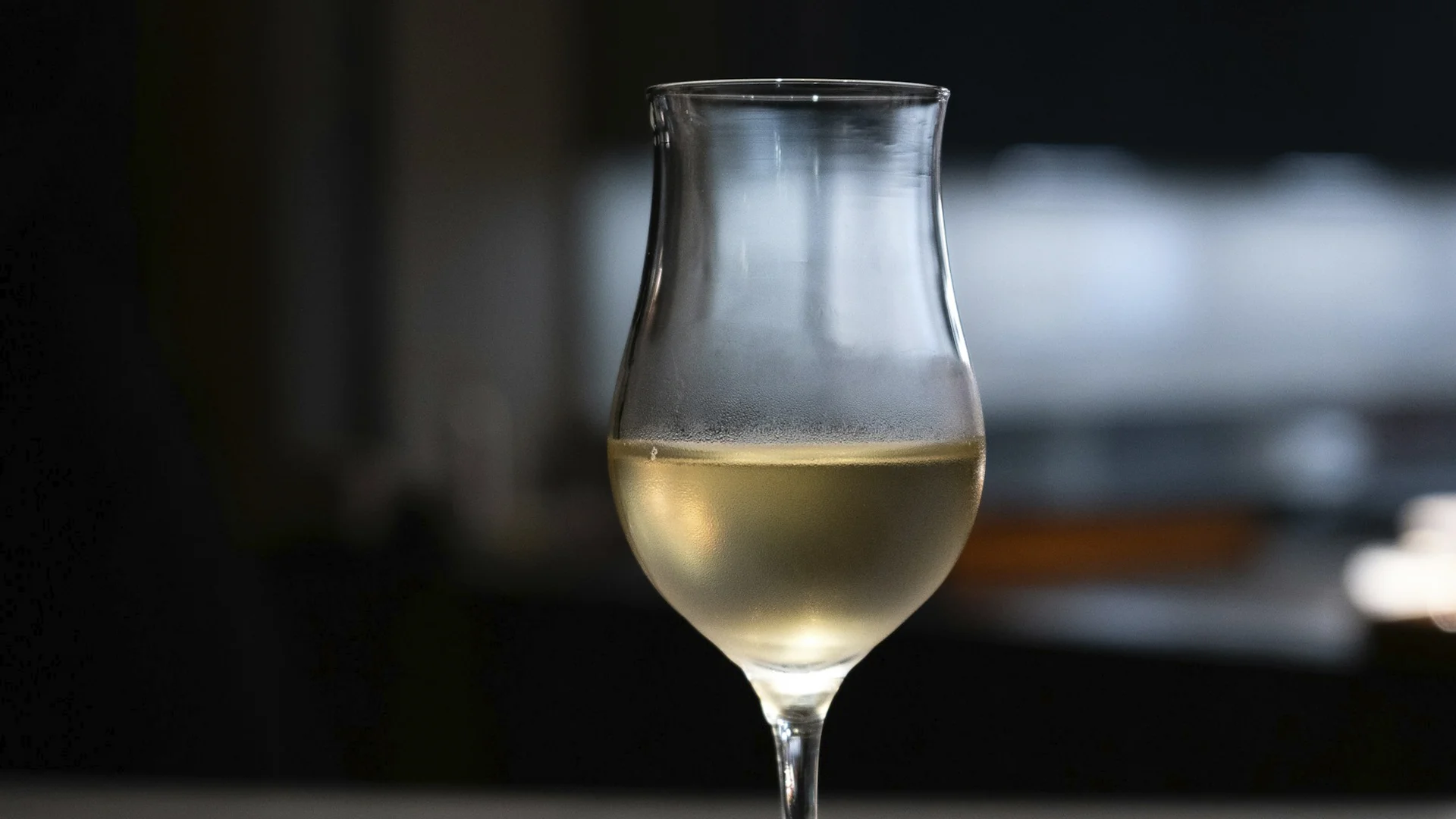





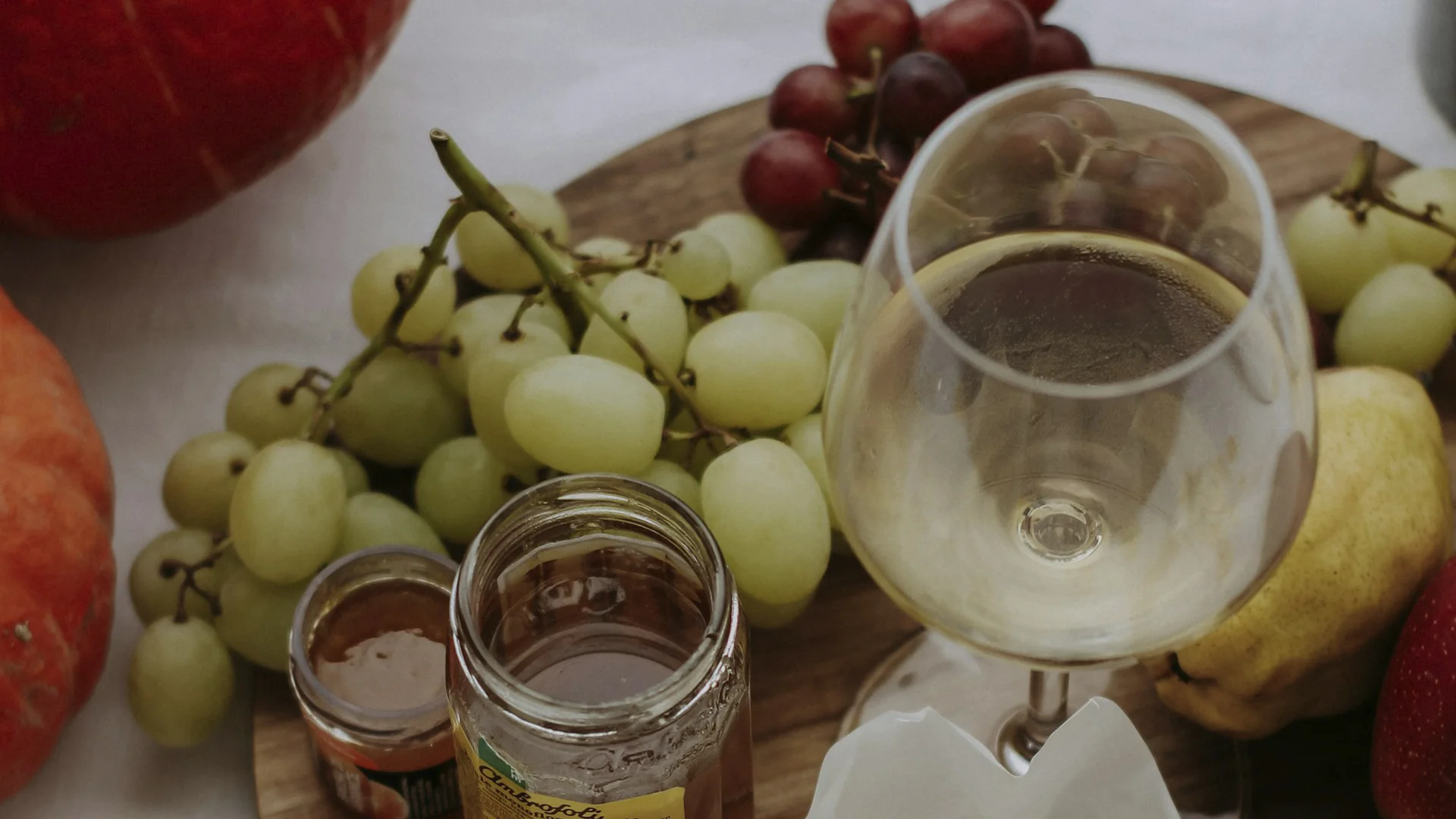












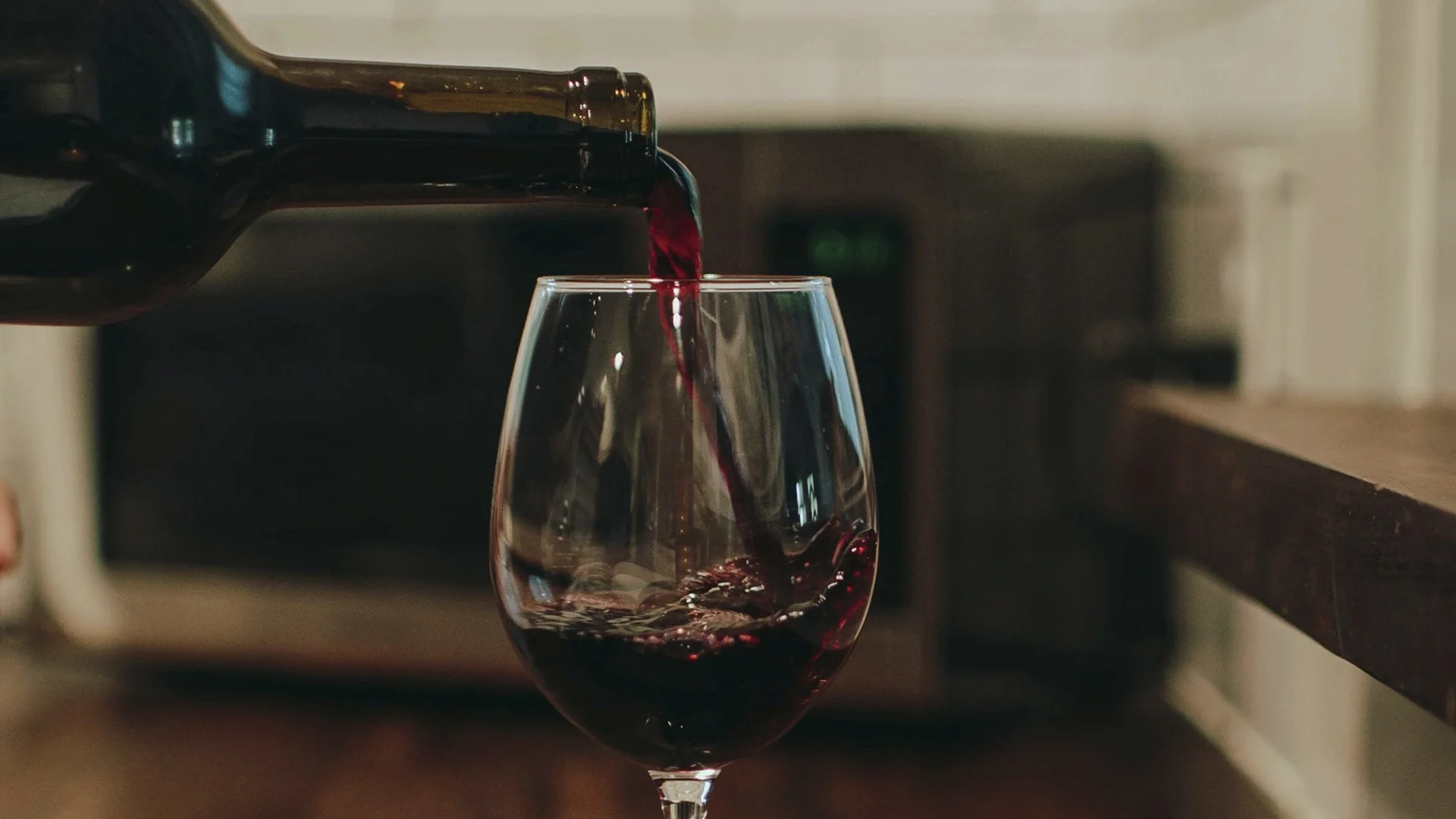






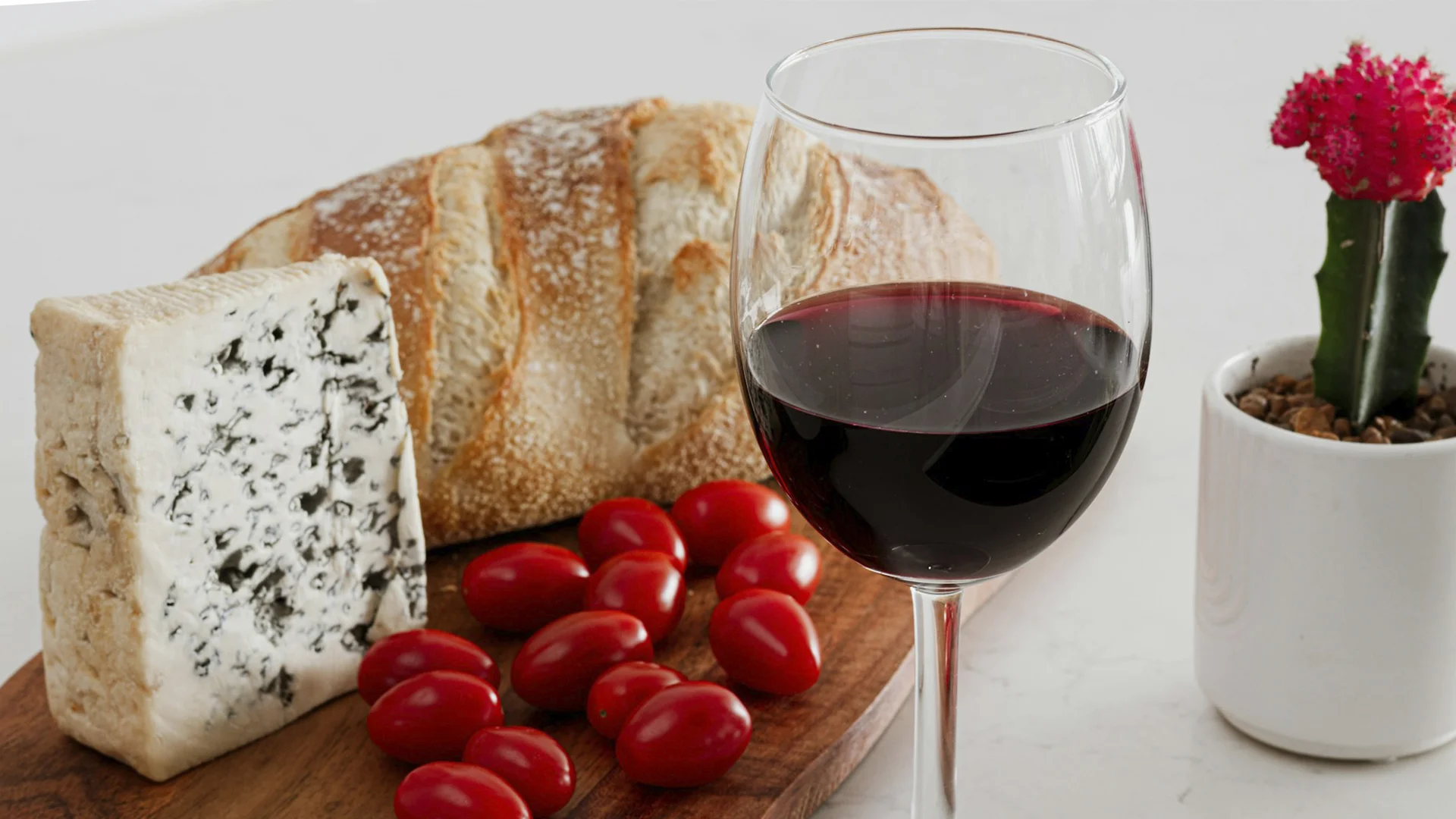

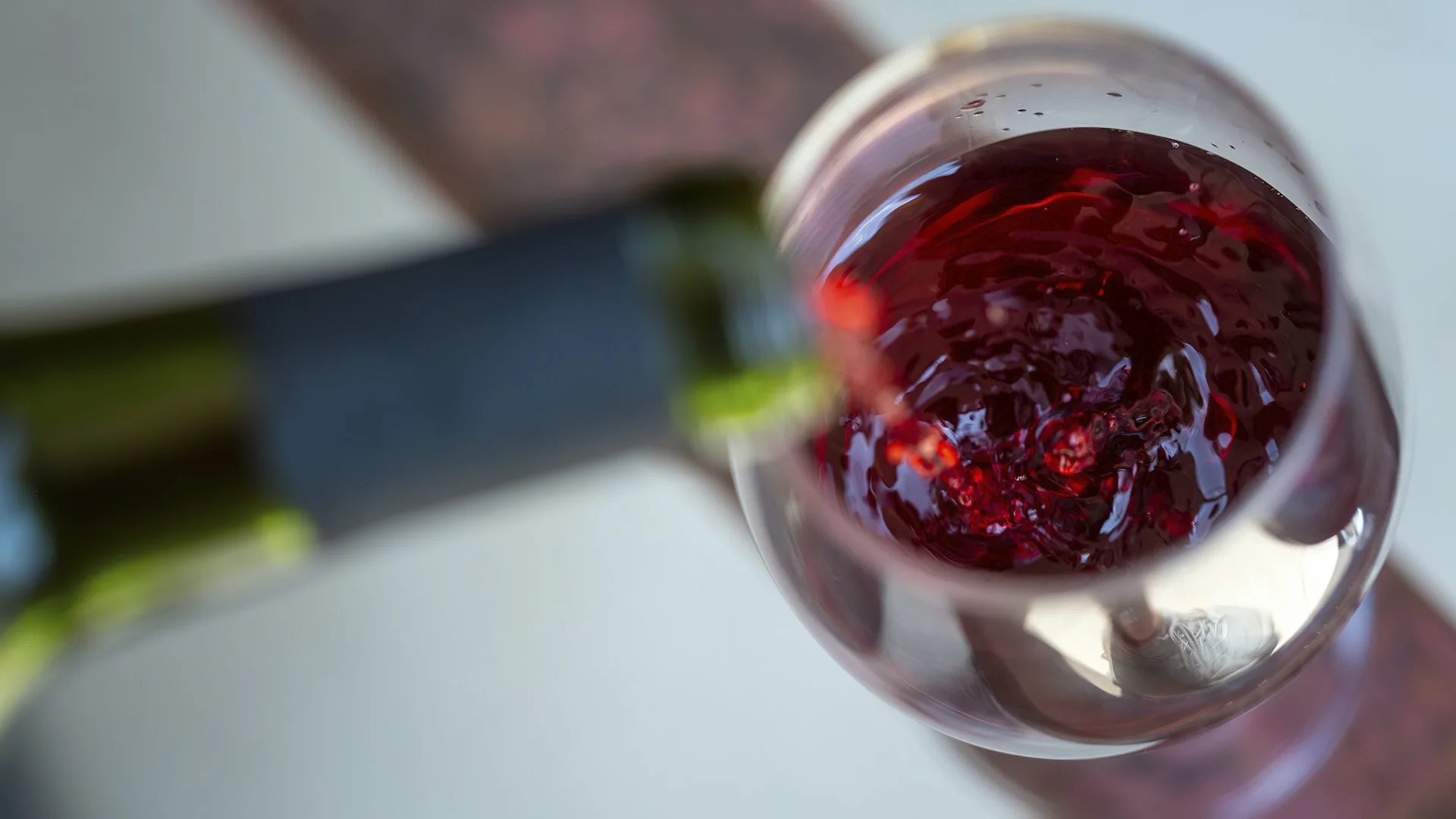


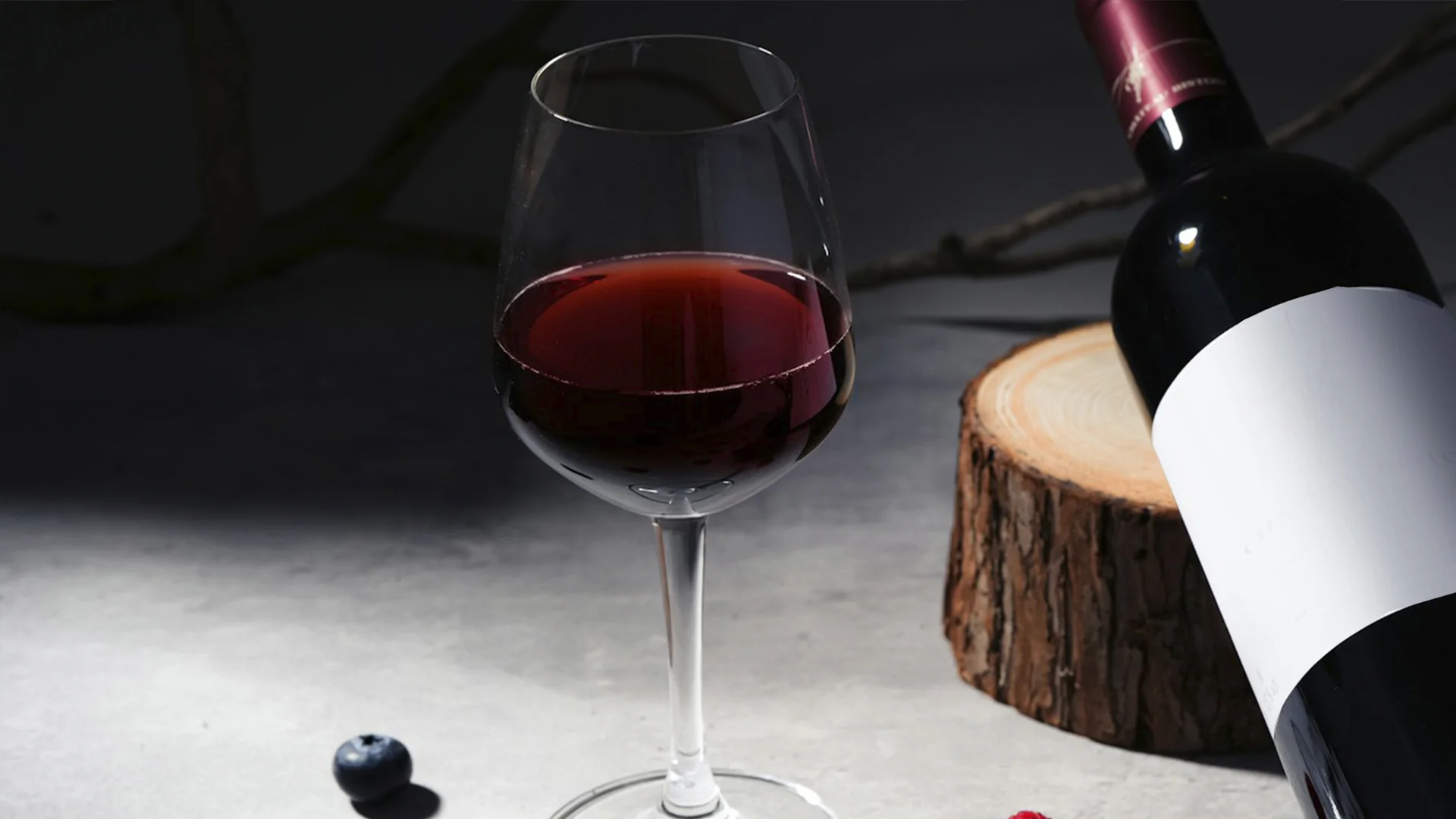

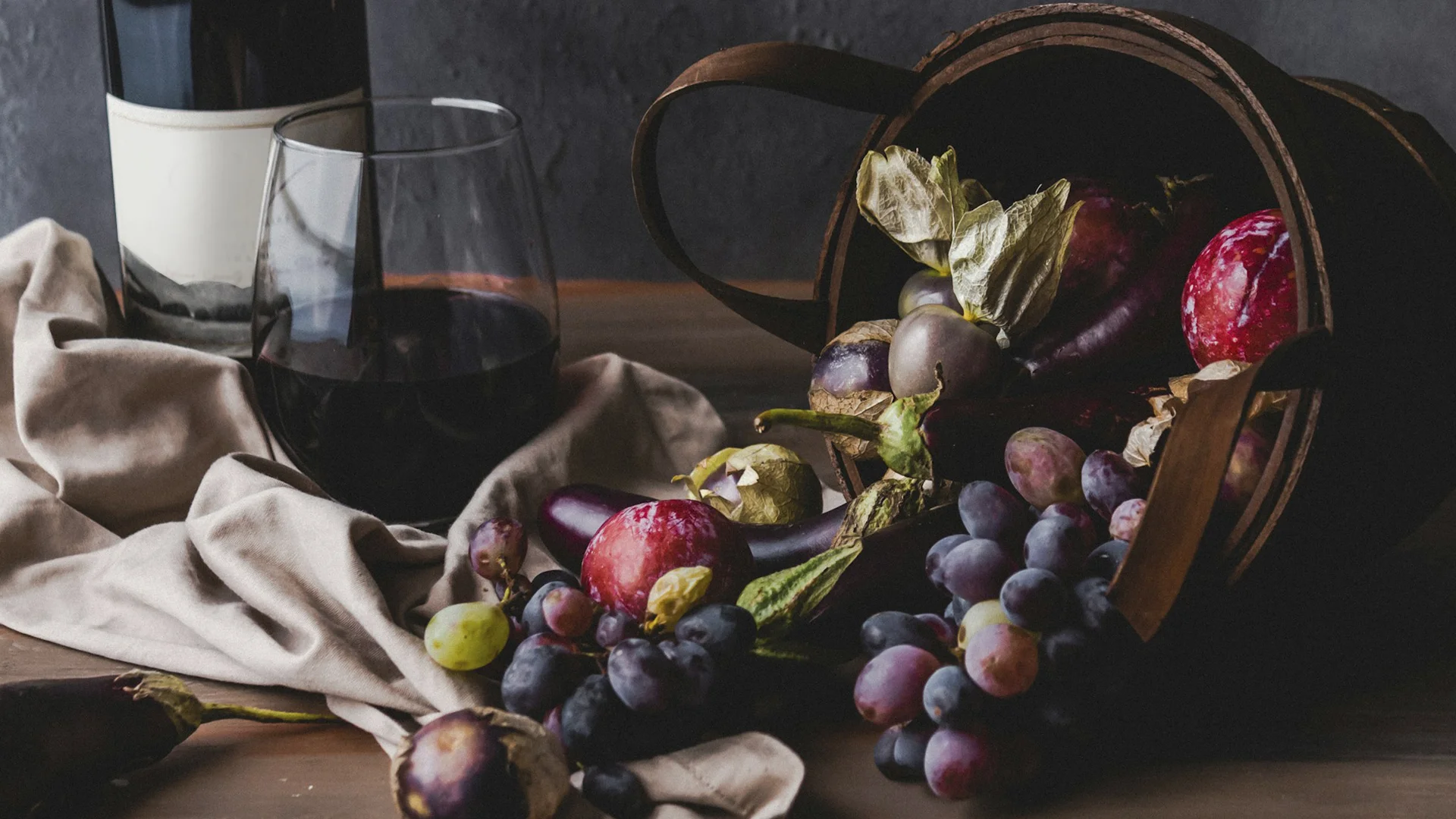








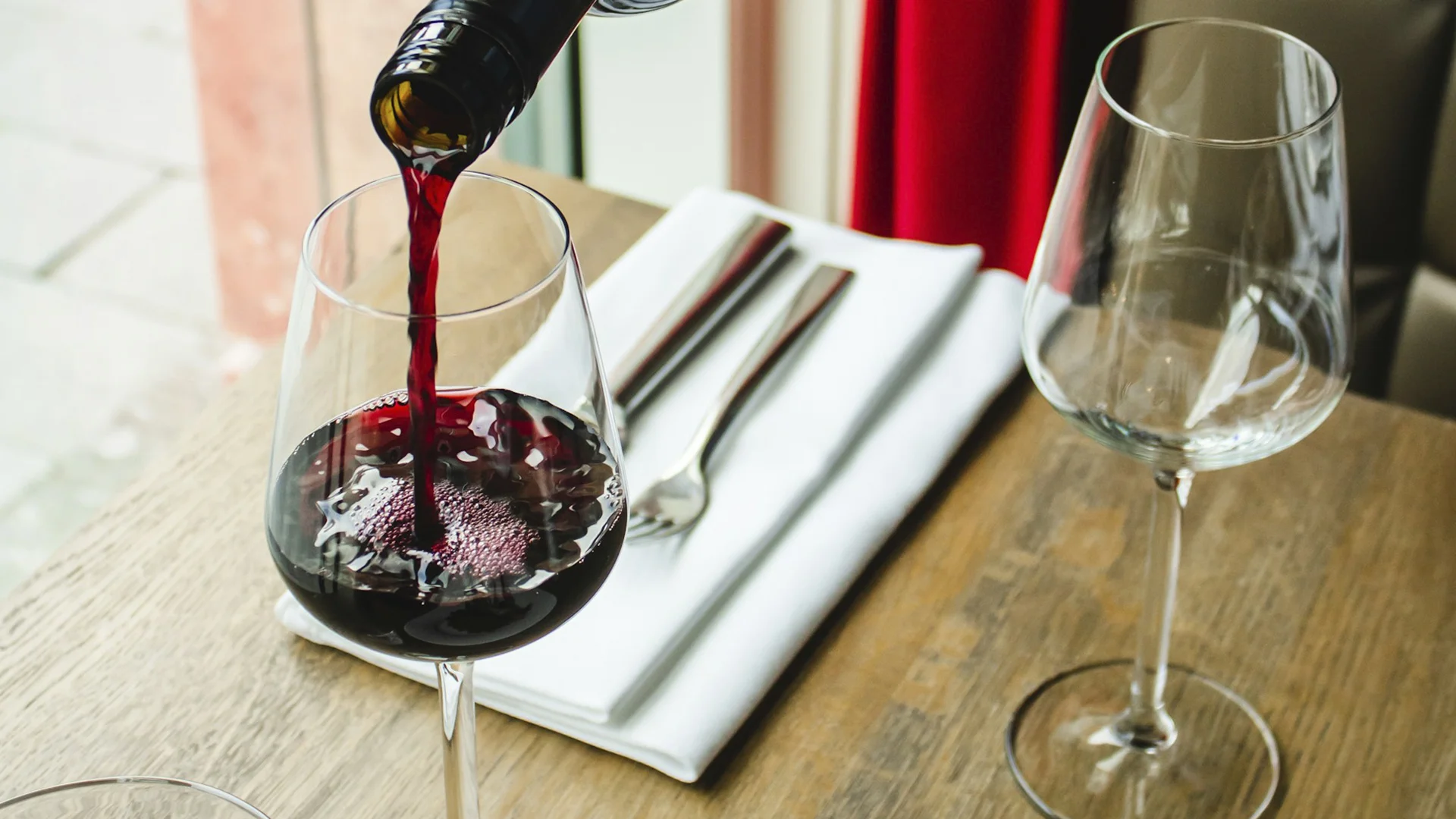












.webp)

.webp)
.webp)
.webp)



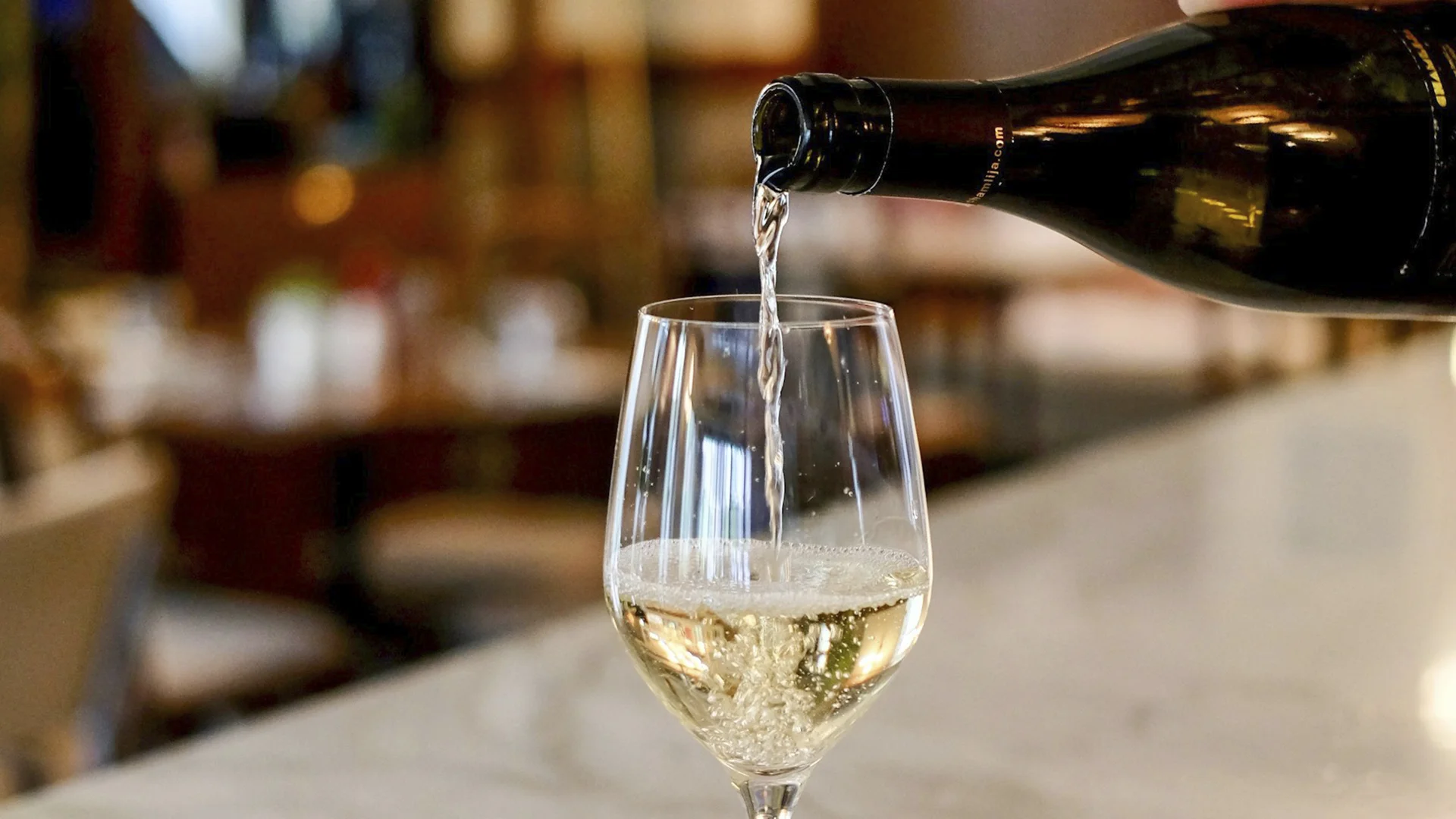


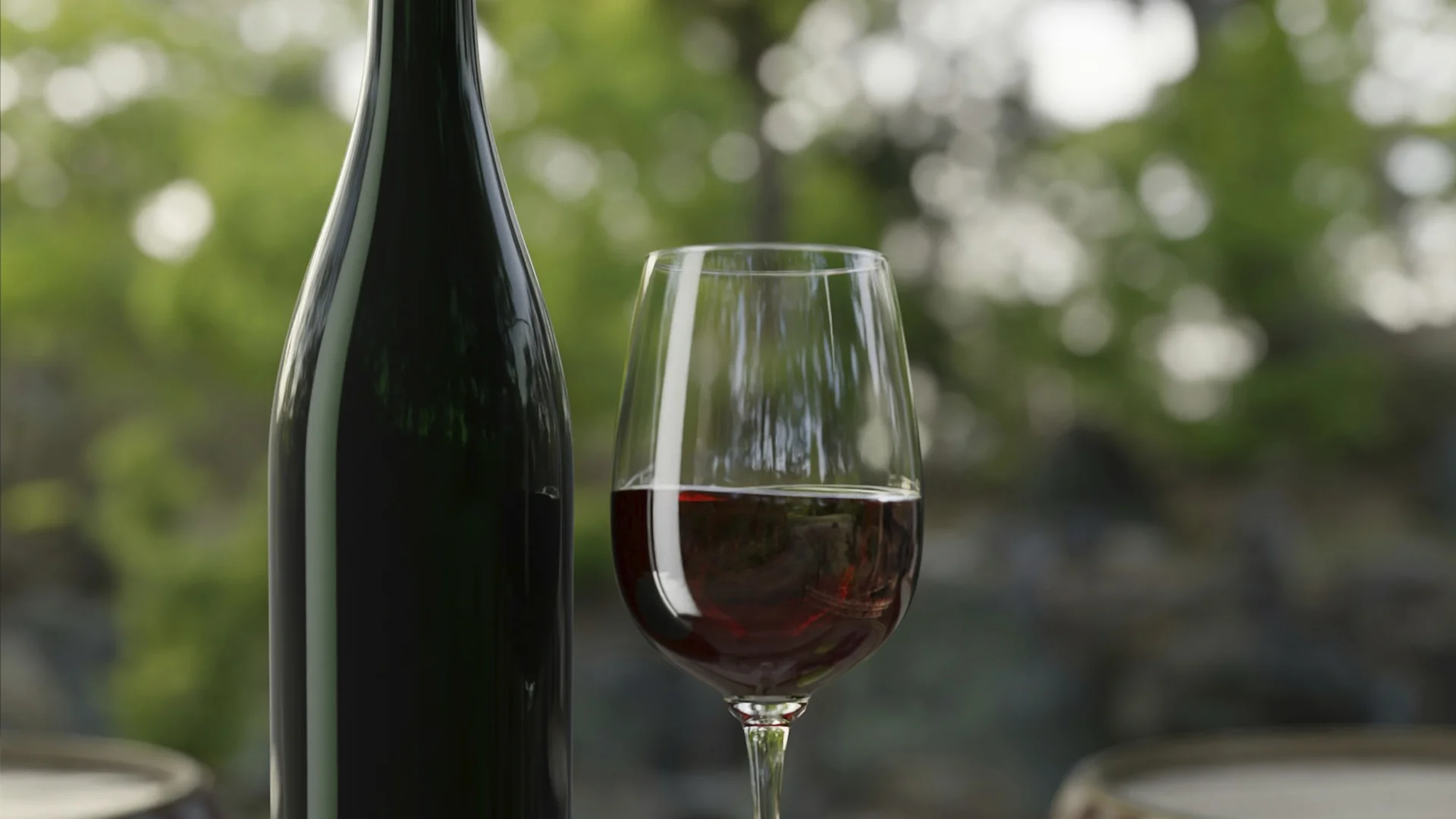



















.webp)













Are you interested in
collaborating with us?